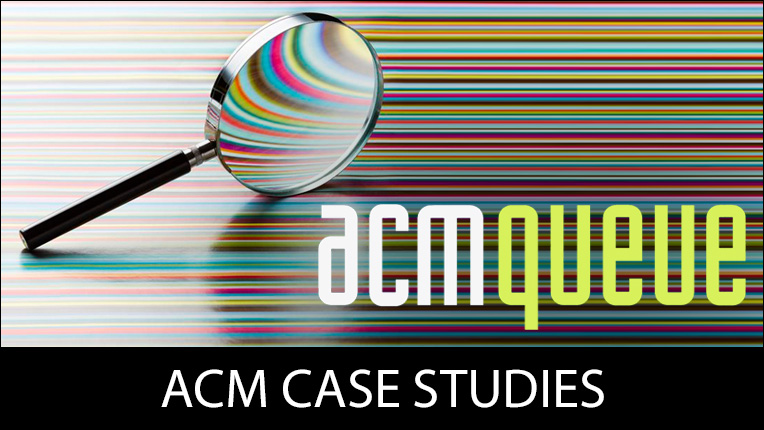SRC Grand Finalists 2008
GRADUATE CATEGORY
First Place:
Eugene Borodin - Stony Brook University
ASSETS 2006
Title of Submission: HearSay: ContextDirected NonVisual Web Browser
Second Place:
Emerson Murphy-Hill - Portland State University
OOPSLA 2006
Title of Submission: Improving Usability of Refactoring Tools
Third Place:
Bowen Hui - University of Toronto
Grace Hopper 2006
Title of Submission: Automatic Software Customization: A Methodology for Learning Individual Preferences
UNDERGRADUATE CATEGORY
First Place:
Anselm Grundhoefer - Bauhaus-University Weimar
SIGGRAPH 2006
Title of Submission: RealTime Adaptive Radiometric Compensation
Second Place:
Maria A. Kazandjieva - Mt. Holyoke College
SIGCSE 2007
Title of Submission: Lightweight Economic Models for Resource Sharing in Wireless Networks
Third Place:
Yuan-Ting E. Huang - University of British Columbia
Grace Hopper 2006
Title of Submission: Mobile Phone Keypad Design for Fast Chinese Text Entry by Phonetic Spelling
ACM Case Studies
Written by leading domain experts for software engineers, ACM Case Studies provide an in-depth look at how software teams overcome specific challenges by implementing new technologies, adopting new practices, or a combination of both. Often through first-hand accounts, these pieces explore what the challenges were, the tools and techniques that were used to combat them, and the solution that was achieved.

Lifelong Learning
ACM offers lifelong learning resources including online books and courses from Skillsoft, TechTalks on the hottest topics in computing and IT, and more.

